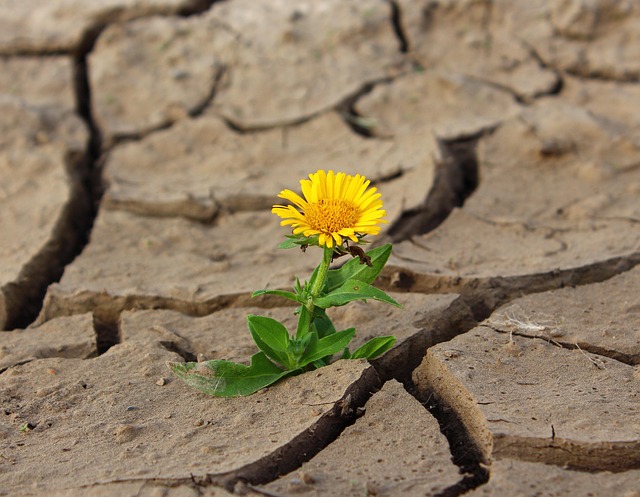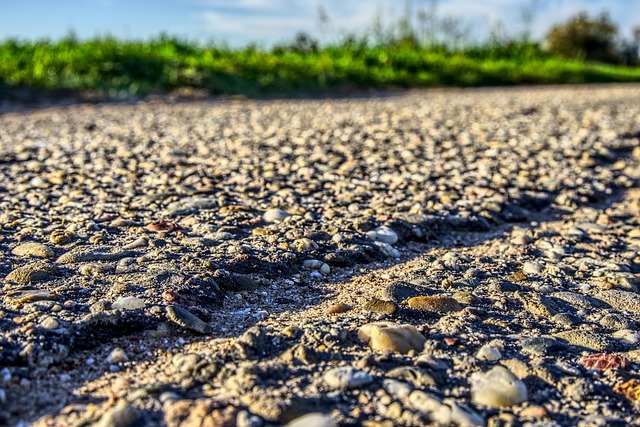As the frequency and intensity of extreme weather events escalate, the concept of resilience takes center stage. We find ourselves in an era where hurricanes, floods, and heatwaves are no longer isolated incidents but rather patterns that challenge our very existence. Resilience, in this context, becomes not just a buzzword but a vital attribute for communities and individuals alike, as we navigate through the storms that climate change has whipped up around us.
Understanding resilience means acknowledging our vulnerabilities while also recognizing our capacity for recovery and adaptation. When the skies darken and the winds howl, it’s our collective resilience that shines through. Environmental scientists emphasize that climate change exacerbates already volatile weather patterns, making it crucial for us to develop strategies that ensure our communities can withstand these trying times.
In cities like New Orleans and Houston, where past hurricanes have wreaked havoc, local governments and residents are exemplifying resilience. They are not only rebuilding but also rethinking urban infrastructure to incorporate flood defenses and sustainable practices. Green spaces and permeable surfaces are becoming staples in urban planning, serving as crucial elements to absorb water and mitigate flood risk. This shift towards a more sustainable environment reflects a commitment to resilience not merely as a reaction but as a proactive lifestyle.
On an individual level, resilience manifests in various forms. It can be seen in the way people come together to support one another, sharing resources and knowledge. Community gardens sprouting in damaged neighborhoods illustrate how collective action ignites hope; these green spaces are not just sources of food but also become places of refuge where communities unite and heal. Moreover, mental resilience plays a vital role. Coping with the trauma of losing homes or loved ones requires immense inner strength, and mental health support systems are crucial in this context.
As we face the realities of climate change, it is essential to educate ourselves on how to build resilience against extreme weather. Engaging in preparedness drills and advocating for policy changes can empower individuals while fostering a sense of personal agency. From assessing emergency kits to knowing evacuation routes, practical measures can mitigate the impact of severe weather. Social media campaigns and local workshops offer platforms to share resources, increasing awareness about climate adaptation strategies.
Embracing renewable energy sources also plays a significant role in fostering resilience. The transition from fossil fuels to wind, solar, and hydroelectric power does not merely promise sustainability; it signifies a commitment to a resilient future. By reducing our carbon footprint, we take a stand against the drivers of climate change, focusing on building a world where extreme weather events don’t spell disaster but are managed effectively through innovative solutions.
Ultimately, the journey toward resilience in the face of extreme weather events is a communal endeavor. It calls for the collaboration of scientists, policymakers, activists, and everyday citizens. By sharing knowledge and resources, we enhance our collective ability to adapt and innovate. With every storm weathered and every community rebuilt, we imprint a legacy of resilience that future generations can emulate. And as the storm clouds gather overhead, we must stand prepared, united, and steadfast against the tempest, for in our resilience lies the hope for a better tomorrow.




